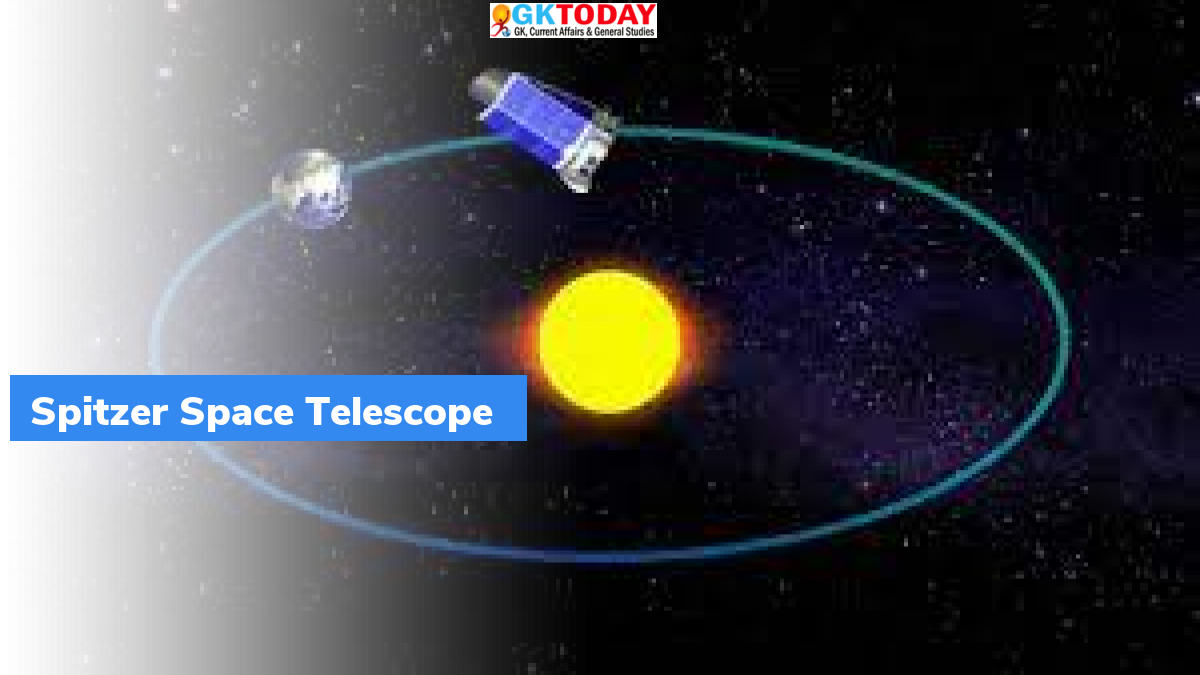Spitzer Space Telescope
The Spitzer Space Telescope is an infrared space telescope. It was launched in 2003. It retired in 2020.
About Spitzer Space Telescope
The Spitzer was the first spacecraft to use earth-trailing orbit. It was the third spacecraft dedicated to infrared Astronomy. The mission was actually planned for 2.5 years. However, it was then extended to five years until the onboard liquid helium supply exhausted. The liquid helium was used to cool the most of the instruments in the telescope.
Earth Trailing orbit of Spitzer Space Telescope
The earth trailing orbit is a heliocentric orbit. Meaning orbit around the sun. It is the same orbit that the earth revolves around the sun. However, the satellite is placed in such as point that it moves at slower orbital speed as compared to the earth. And it moves further behind year after year. The cryogenic satellites need liquid helium as they are exposed to large heat from the earth when placed in near-earth orbit. Using large amounts of liquid helium as coolant reduces the payload mass. This limits the mission life. On the other hand, when the satellites are placed in earth trailing orbit, it allows passive cooling.
Why was Spitzer mission ended?
Because, the spacecraft ran out of liquid helium.
Discoveries of Spitzer Space Telescope
The telescope spotted organic material in distant universe, dusty galaxies, disc of planet forming debris, exoplanets, hot Jupiters. The hot jupiters discovered by Spitzer Space Telescope was named as HD 209458 b and TrES-1b.


